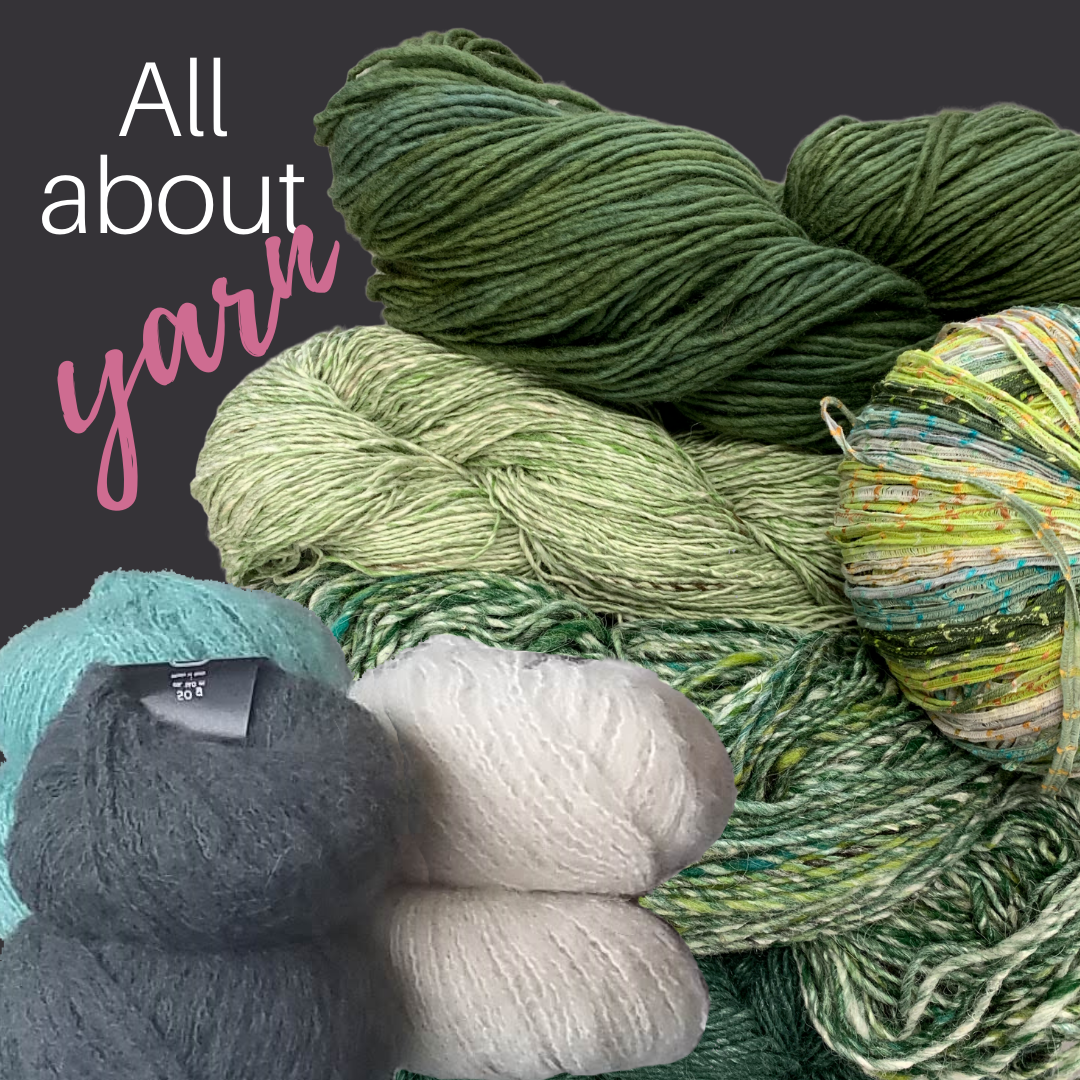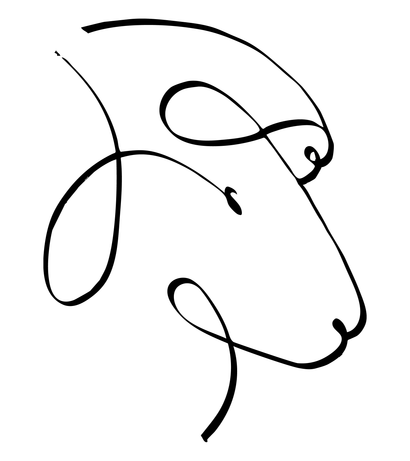Free shipping on all domestic orders over $150
Free shipping on all domestic orders over $150
Shop
Add description, images, menus and links to your mega menu
A column with no settings can be used as a spacer
Link to your collections, sales and even external links
Add up to five columns
Add description, images, menus and links to your mega menu
A column with no settings can be used as a spacer
Link to your collections, sales and even external links
Add up to five columns

Yarn Substitutions
March 02, 2020 3 min read
As I was scrolling through Instagram today, I ran across a posting by floral designer, Jill Rizzo, whose The Flower Recipe Book I purchased several years ago:. I was going through a phase in which I wanted to learn the art of floral arranging. The recipes list exactly the flowers and materials needed to recreate the design shown.
The problem is that Rizzo lives in San Francisco where an abundance of beautiful fresh flowers and exotic materials wait just a block or two away. So she thinks nothing of requiring things like snowberry, stock, scabiosa and chrysanthemum. Save the stock and mums, that stuff just isn’t available here. But that’s okay because I can look at the picture and see that snowberry looks kind of like hypericum berries which are readily available at Giant. Stock is pretty much interchangeable with larkspur or delphinium, and so forth. It won’t look exactly like the picture, but close enough.
It’s the same with knitting. With Ravelry, we have easy access to thousands of designs each specifying a particular yarn. Sadly, the specified yarn may not be available in the US, or it may not be in our price range. It may not be a yarn we even like. So it’s a very happy thing to know that we can substitute yarn in our project with great success. That being said, it can be tricky to choose the right substitute. Two yarns that look very much alike might behave very differently. We want to know this before we start knitting, because unlike a flower arrangement that’s thrown away in a week, a beautiful handknit will (hopefully) be enjoyed for a long time.
So, what should we consider when we’re substituting yarn? There are lots of things, but let’s start with the big three: Gauge, Fiber, and texture
Gauge. We need to consider how thick or thin the yarn is. If we’re making a sweater or a hat, or something that needs to fit a body part, it’s important that we get the same number of stitches per inch that the pattern calls for. And just because we can knit that Aran weight yarn at 5.5 stitches to the inch, doesn’t mean we should. Ask me how I know this.
Fiber: If the project you’re considering is made of wool, and you’re thinking about making it in 100% rayon, you are likely to be disappointed. Wool is bouncy and stretchy, happily springing back into shape wear after wear. Rayon, not so much. At some point the armholes will stretch and the whole thing will droop and look very sad indeed.
Texture: Some yarns are constructed in a particular way to make them look and feel light. Think Wooladdicts Air, Ultralight Merino, and Cotton Merino. These are core spun yarns or tube yarns that are very light and lofty, so you can knit a big garment without it sagging or feeling heavy. Choose a traditionally spun yarn for a large sweater designed for one of these light fibers, and it will look and feel very different from the model we fell in love with.
I could go on and on, but as I said, these are the big three. An understanding of these yarn concepts will make you feel incredibly empowered and confident in not only your yarn selection, but your knitting in general. To be honest, I didn’t fully learn this stuff until I’d been knitting for plenty of years. But it’s totally something you can learn, and you can learn it and much more efficiently than through painful course of trial and error that I took.
At the shop, we are always happy to help you choose the right yarn for your project. It’s part of what we love to do most, but nothing can replace the sense of confidence you feel when you really understand why this yarn and not that one, and how yarn choice impacts your finished project. If all that sounds like something you want to learn, please sign up for Yarn 101, a fun, interactive, hands-on class.
I look forward to seeing you in the class, or just in the shop and around the table. You are always welcome here. . ~Ellen
